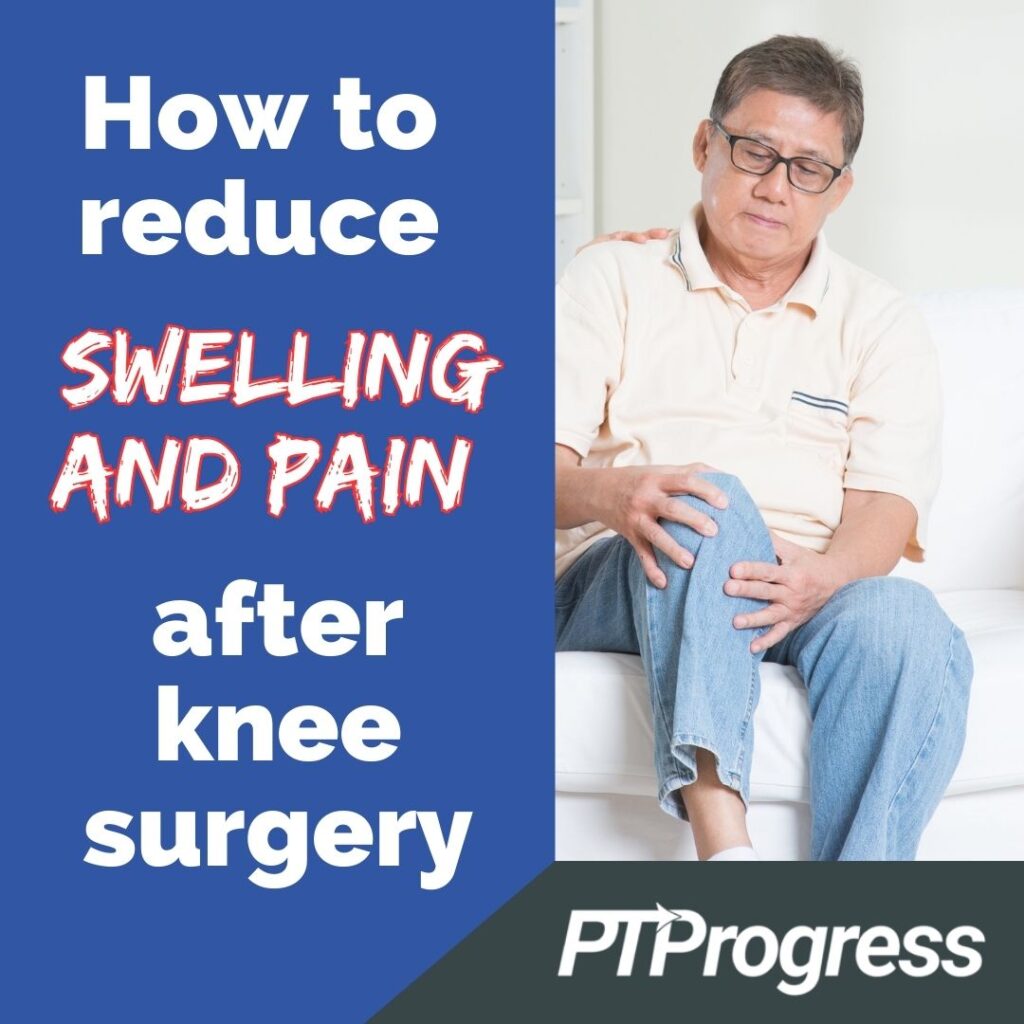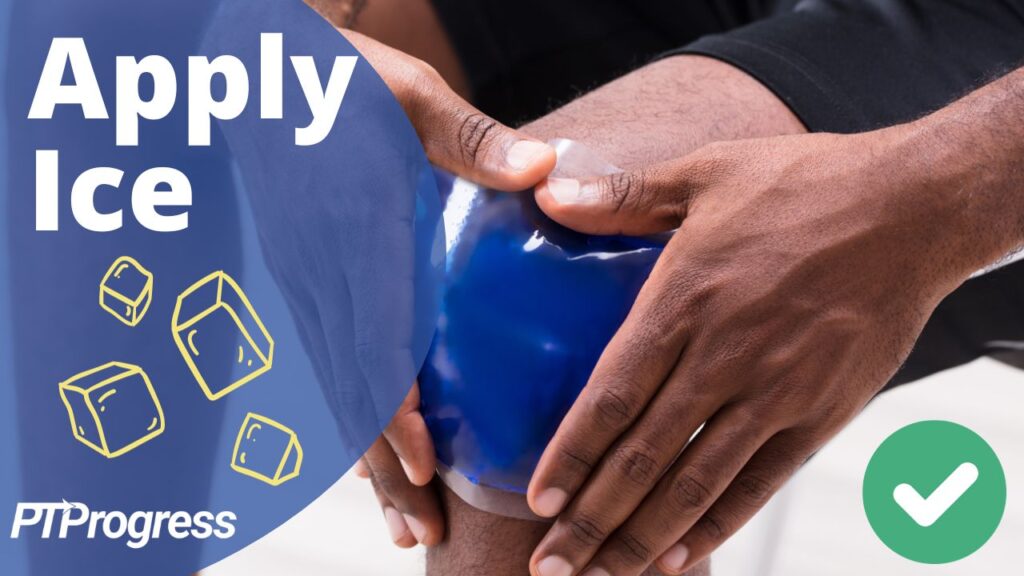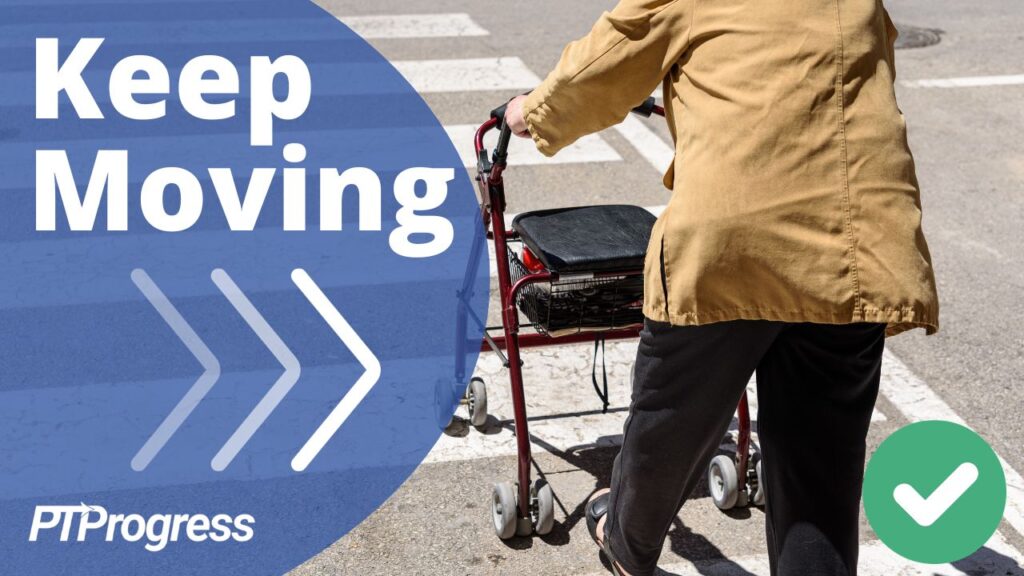
If your physician recommended knee replacement surgery for you, then odds are the procedure will greatly improve your quality of life. However, as with any major surgery, pain and swelling will be part and parcel of the recovery process. Read on for 7 ways to reduce swelling and relieve pain in the days and weeks following your surgery.
Knee Replacement Swelling and Pain
At this point in your journey, you’re weary of knee pain. After all, that’s why you’re getting your knee replaced! You may wonder, is it really worth undergoing the procedure if it’ll just cause more pain?
But the pain you’ll feel after surgery is different from the arthritis pain you’ve been experiencing. Post-surgical pain is temporary! If you can put up with a bad knee for years, you can handle a few weeks of pain and swelling which will become less and less unbearable. The following tips can help relieve pain and reduce swelling so you feel as comfortable as possible during the healing process.
7 Ways to Reduce Swelling and Pain
1. Apply Ice

When it comes to pain and swelling, ice therapy delivers a one-two punch. Cold temperatures act as a vasoconstrictor, narrowing your blood vessels to reduce swelling. Applying ice to your knee will also help block the pain receptors and quiet any throbbing pain.
Your doctor will likely tell you to ice your knee for 20–30 minutes every hour you’re awake. As your pain improves, you may be able to ice every two hours instead. It’s a good idea to apply ice after performing physical therapy exercises, which can temporarily increase pain and swelling.
The only caveat to ice therapy is that it can cause frostbite. Make sure you monitor your skin and always maintain a barrier–such as clothing or a dry cloth–between your skin and the ice pack.
Ice Pack Recipe
For a malleable ice pack similar to what you’d find at the drugstore, try the following recipe.
Ingredients:
- 2 plastic freezer bags (quart or gallon size)
- 2 cups of water
- 1 cup of rubbing alcohol
Fill one bag with water and rubbing alcohol. Carefully let the air out and seal the bag. Place this bag inside the second freezer bag, seal, and freeze for 1 hour. The mixture should be frozen but not solid, and you should be able to mold it around your knee. If it’s too slushy, allow the ice to thaw, add more water, then refreeze it.
2. Keep Your Knee Elevated
Elevating your knee will help draw fluid away from your surgical site and reduce swelling and pain. But you’ll need to position your knee above the level of your heart for best results. An easy way to do this is by stacking two or three pillows lengthwise under your leg, from your ankle to your knee.
At the beginning of your recovery, you may choose to keep your knee elevated whenever you’re icing it. But it’s good practice to continue elevating your knee anytime you experience increased pain or after you’ve been on your feet for several hours.
3. Pump Your Ankles
While you’ve got your foot elevated, try ankle pumps—a simple exercise that helps recirculate fluid away from your feet and reduce swelling in your knee. To perform an ankle pump, point and flex your foot up and down, as if you’re pumping a gas pedal. Repeat 30 times with slow, controlled motion, and try performing a couple sets each time you elevate your knee. It takes less than a minute, but it can make a big difference in reducing post-surgical swelling.
4. Stay Hydrated
There are countless reasons to drink water, and your knee recovery is one of them. Adequate hydration helps your body heal by delivering important nutrients to your tissues. And without ample water intake, your knee may actually retain fluid and swell up even more.
Granted, drinking more water means you’ll have to get up to use the bathroom more often. But it’s worth the intermittent discomfort to ensure your body has all it needs for a quick recovery.
5. Take Your Pain Medication
After surgery, you’ll be given a script for pain medication. Your doctor will probably write you a standard dosage, but if you have a high pain threshold, you may be able to ask them to modify the amount. Whatever your prescription is, make sure you stick to the dosage and frequency your doctor recommends.
Too often I see patients shrink back from taking their meds, despite experiencing pain and stiffness. While such tolerance may seem admirable, it can cause the patient undue stress. By leaving the pain unaddressed, they end up using their knee less, and the joint stiffens up, leading to more pain.
Truthfully, you can’t restore your knee’s range of motion without movement, and pain medication can help you get through the pain of physical therapy in those first few weeks. For optimal pain relief, I recommend taking your medication an hour before your PT appointment—it’ll kick in right when you’ll need it most.
6. Keep Moving
That leads to my next point: motion is lotion. The antidote to a stiff knee isn’t stasis but slow, careful movement.
Honestly, moving won’t be pleasant—especially not at first. Your new knee will feel stiff and painful whenever you straighten it to stand or whenever you bend to sit in a chair. But by engaging in slow and controlled movement throughout your day, you’ll eventually move more easily and painlessly.
Pay attention to the exercises your PT will show you after surgery. These simple movements will help you keep the joint mobile, improve your range of motion, and ward off stiffness and swelling.
7. Don’t Overdo It
That being said, it’s crucial that you don’t overdo it. More is not always better, and overdoing it can prolong your recovery and set back any progress.
What does it mean to “overdo it”? For one, don’t try to run errands. Standing in line or walking around the store for an hour will bring too much stress to your knee, increasing pain and swelling. Save your energy for therapeutic movement, like ankle pumps, short walks around your home, and the exercises you’ll perform in physical therapy.
One of the worst things you can do for your recovery is to try to “get back to normal” before your knee is ready. It will take weeks and months of committed consistency to fully restore your strength and range of motion. Remember, it’s not a race; and even if it were, slow and steady always wins!
Reduce Swelling and Pain: Summary
The pain and discomfort you’ll feel after a knee replacement surgery might not go away as quickly as you’d like. But these 7 tips can help you stay ahead of your pain and avoid making it worse. Above all, try not to get discouraged. Focus on the positive, celebrate all the small wins along the way, and remember that you’re on a journey toward a stronger, pain-free knee.


